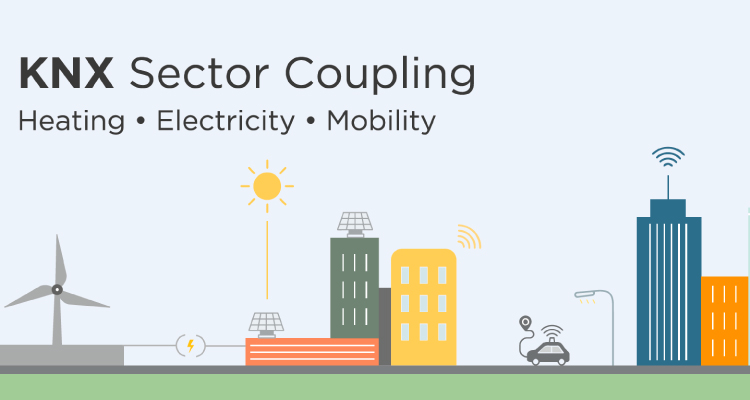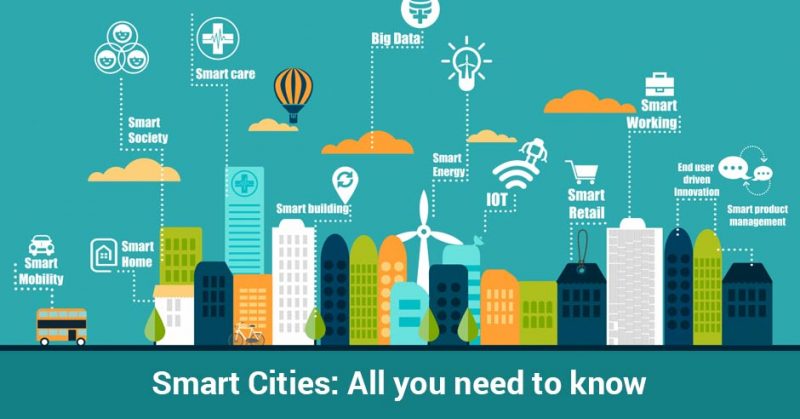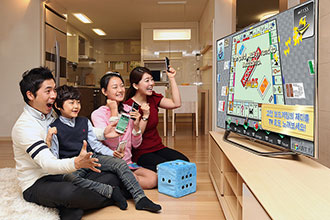What’s Up With Smart Homes Today?
![]()
Every so often I check in on the state of what’s still being called “Smart Home” tech and I find myself coming away with a sense of déjà vu. Or, perhaps more specifically, a sense that “plus ça change, plus c’est la même chose,” or “the more things change, the more they stay the same.”
Some of my checking in is anecdotal, going by what people tell me, and what I see around me. Other parts are experiential: drawing conclusions based on my own experiences.
What I’ve seen, and what I’ve experienced, is that “Smart Home,” such as it is, remains a very fractured category. Speaking honestly, the widespread adoption of things like smart thermostats and doorbell cameras is obvious. And that’s fine, so far as it goes. But does having one or two (or three) “smart devices” in your house really make it a smart home?
I suspect I have a larger-than-average number of smart devices and smart plugs in my house, but I would suggest my home is anything but smart. So why is that? Let’s zoom out and take a look at where we’re at:
In the “Pro” column, there is a huge number of products out there from a great many vendors, large and small. That’s net good, overall.
But in the “Con” column, interoperability between those products with the various competing ecosystems (Apple Home, Google Home, Alexa, and so on) varies wildly.
Without going way too deep into the weeds on this, the short version is that some devices work better with some ecosystems than others, and even when they are “compatible” what that actually means can be very different.
I don’t know what it will take for smart homes to become as commonplace as smart phones (really, we just call them “phones” now) but a critical mass of widely-available products hasn’t done it. I want to make it clear that I don’t want to be remembered as the guy who said that mass-market smart home automation would never happen.
I often think about the episode of the Simpsons where Marge took computer science in the 1970s, and her Professor predicted that “in 20 years computers will be twice as big, five times faster, and be so expensive that only the five richest kings of Europe would own one.” Being that wrong is a huge legacy to have to live up to.
For adoption to increase there are factors that need to be accounted for, and those are in varying states of address right now.
Price sensitivity is one that’s been mostly settled. Smart home hardware is relatively cheap, overall. Even in aggregate adding multiple devices to your home isn’t a lot of money. That said opting for smart switches and outlets, as well as motorized window coverings all over the house will add up, but that’s always been the case.
The other is the ability of major players to be able to create sustainable competitive advantages for themselves. What that looks like, I’m not certain. In part at least, given the lumpiness, for lack of a better word of the widely diverse levels of interoperability with devices on the various major ecosystems, whoever can figure that out and create a more seamless experience beyond what’s on display today could tip things in their favor.




